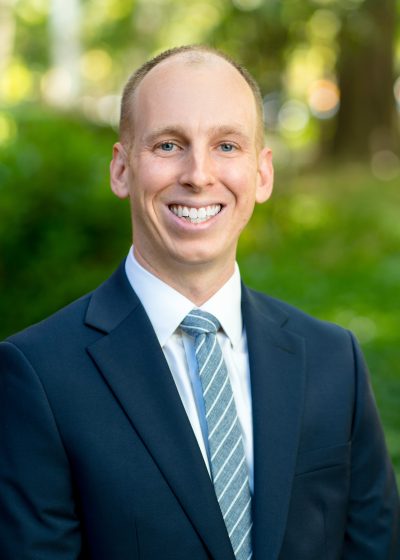Parker G. Trasborg, CFP®, hosts Cozy Wittman to discuss how to plan for college.
Parker G. Trasborg:
Hi, I am Parker Trasborg, Senior Financial Adviser with CJM Wealth Advisers. Today I’ve got Cozy Wittman from College Inside Track. College Inside Track helps families navigate the complicated college process. We are actually hosting Cozy on Thursday, October 26th at 12:00 Eastern for a Zoom webinar, which will go into a bit more details beyond what we’re talking about today. So a little promotional video here for the event later on.
Cozy, thank you for joining us. Let me start off with just a quick question. I had heard that colleges are no longer necessarily requiring tests and it’s test-optional now. Can you tell us a little bit more about that real quick?
Cozy Wittman:
Yeah, for sure. Thanks for having me, Parker, and I’m excited to partner with you later in October. For sure, the test-optional landscape has been around for quite a while. Pre-COVID, there were more than a thousand schools who were test optional. And what test optional really means is that it’s up to the student whether or not they would like to submit their test. It does not necessarily mean that the schools don’t care about the test. And that’s a distinction that I want to make.
After COVID though, when COVID hit test sites shut down, and so about 800 more schools in the country jumped into the test-optional space simply because people could not get tests. But what we’ve seen as COVID has receded and things have started to return to normal is that a lot of the schools are remaining test optional. Now, some have gone back to test required. We see that in some public institutions, for instance, in the state of Florida and the state of Georgia and the state of Indiana. But a lot of schools are remaining test optional because one of the things they’ve noticed is that test optional becomes a marketing engine for them and it helps increase their overall applications.
And in our webinar together, we’ll talk about the implications of that. But the thing that I just want people to know is the landscape is not as clear as these schools require a test and these simply do not because there’s no question that behind the scenes we are still seeing students get accepted at higher rates who have test scores to submit.
Parker G. Trasborg:
That’s interesting. It’s definitely another place that things have changed over the last couple of years with COVID. So where would you kind of recommend that people look to find scholarships for their kids heading off to college?
Cozy Wittman:
Yeah, for sure. So scholarships are the number one question that I get asked when I sit down and chat college with families. The number one source of scholarship dollars are the schools. And if we want to merge our two topics together of test optional and scholarships, one of the things that we’ll see in the test-optional schools is even if they are test optional for acceptance, they are still tying those test scores to scholarship dollars.
So when you think of the overarching landscape about where scholarships come from, the number one source of scholarships are the colleges themselves. There are a lot of reasons schools give away money, and we’ll break down the specific categories for what they give money away for in our webinar together. But in general, what I want people to know is there’s no magic rainbow of scholarships that you are somehow missing out on because you just don’t know where to tap into them.
The place that you tap into those scholarship dollars are the colleges, right? How your student makes decisions in high school is building a scholarship package. How they present themselves in their application process is helping build your scholarship package so that by the time you apply to schools, the schools then will just apply the scholarships based on what they see happened during your high school timeframe, which is why it’s so important for people to start to think about college search as early as sophomore year because those decision processes along the pathway are building that.
Parker G. Trasborg:
Interesting. So definitely a lot there and much, much more to cover, which I look forward to doing here in just a few more weeks on October 26th. Cozy, thank you again so much for joining us today, and again, we look forward to having you join us again in a couple of weeks for a more extensive, about hour-long webinar that we’re planning to do. Again, thank you very much and I’ll talk to you soon.
Cozy Wittman:
Yeah, sounds good. Thanks, Parker.
Parker G. Trasborg:
You’re welcome.


Social Media